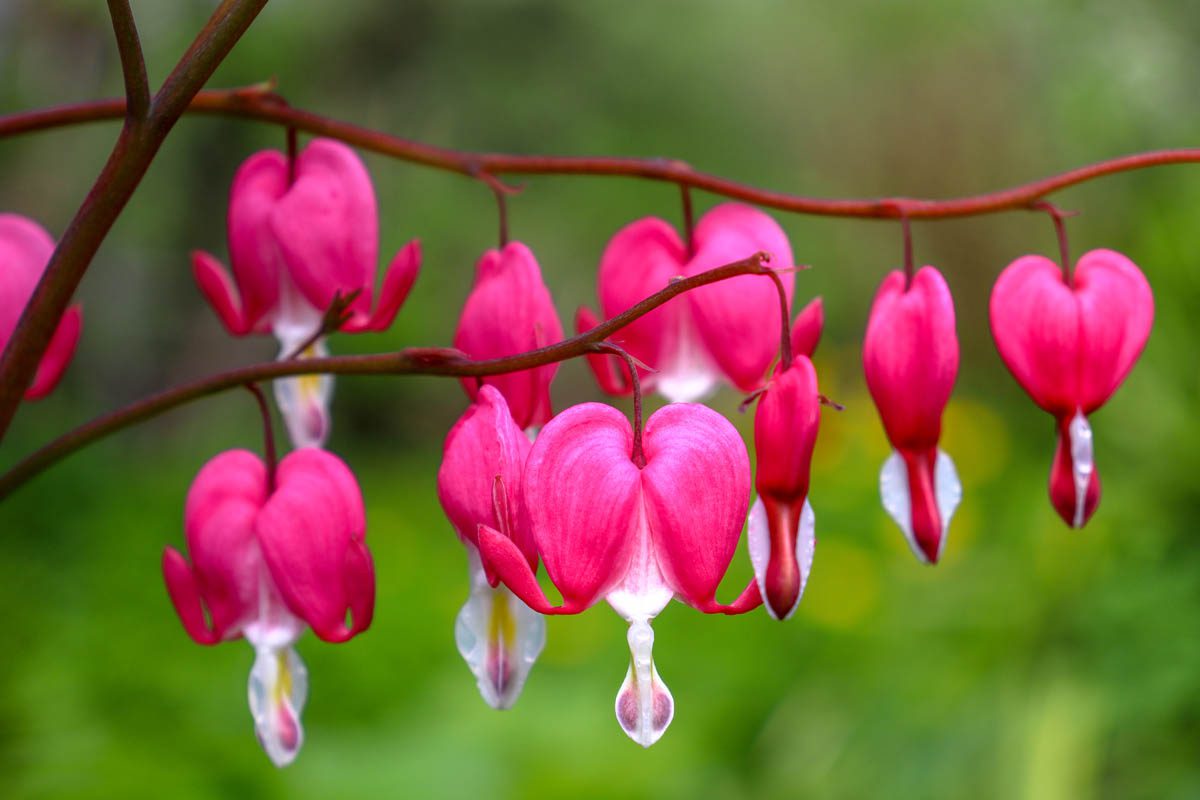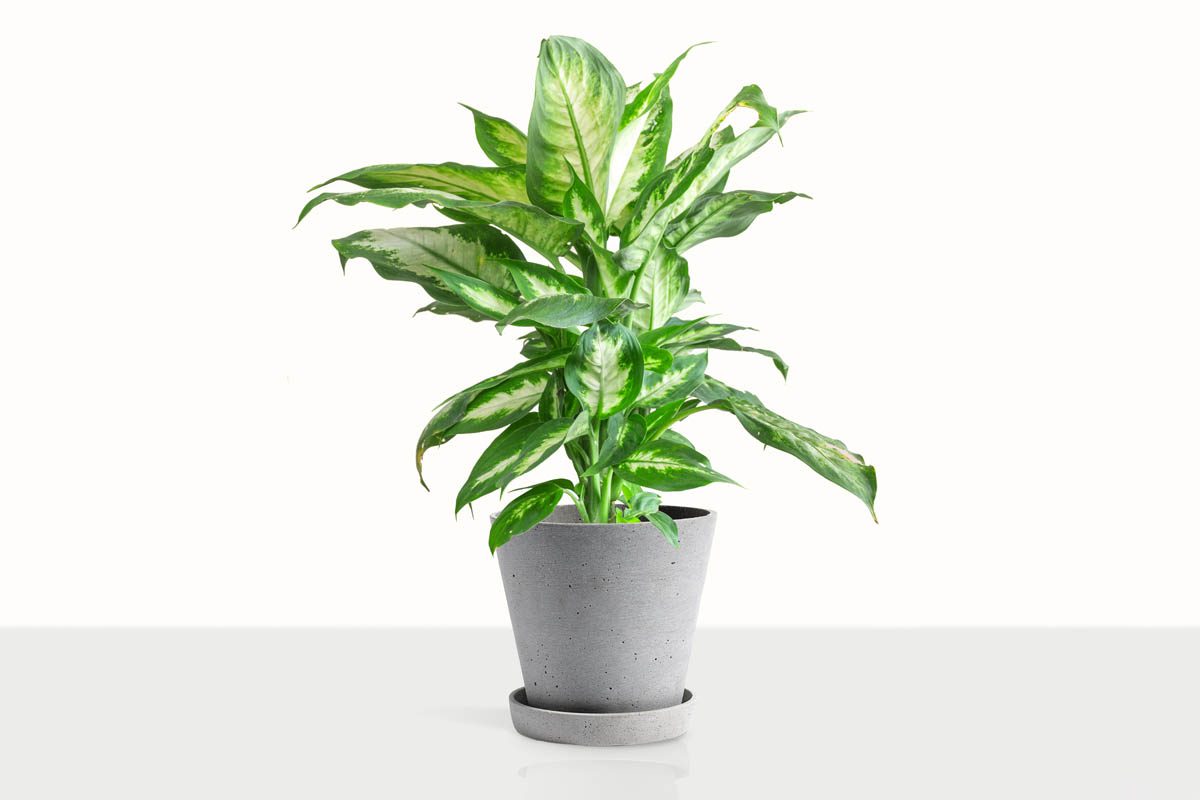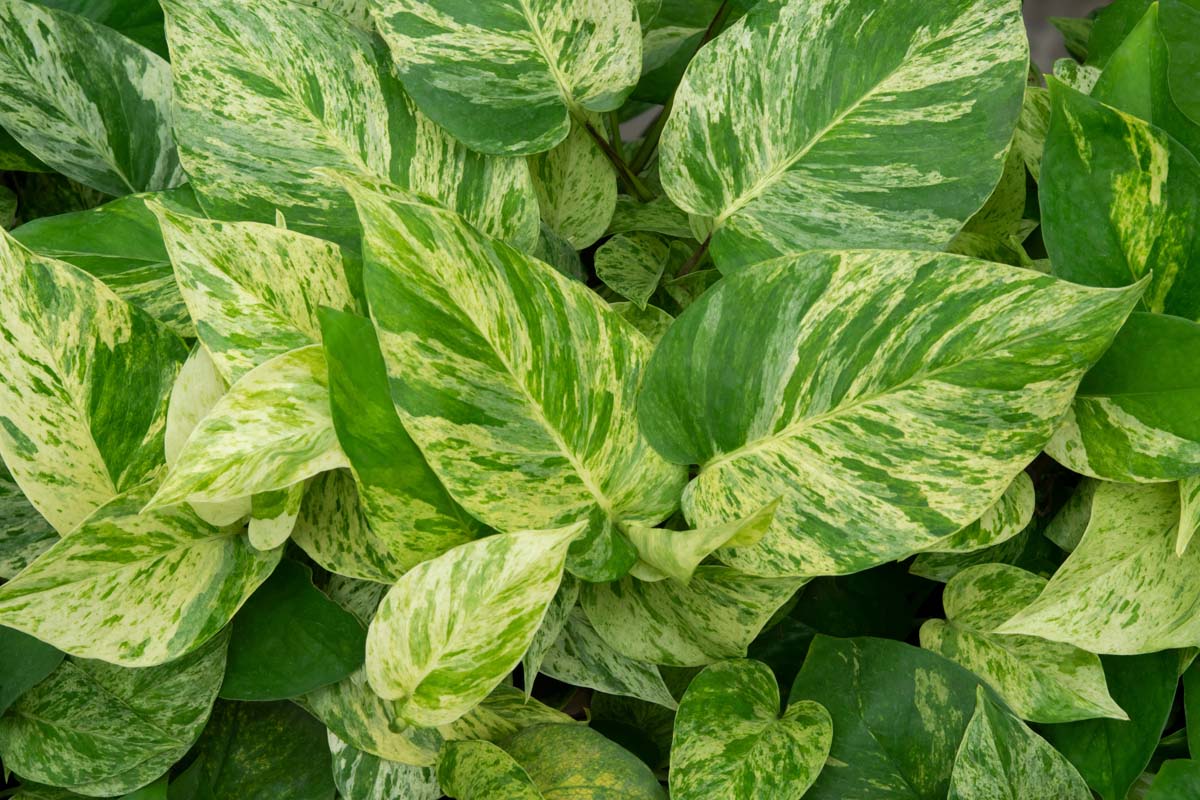Peace lily (Spathiphyllum) is toxic to dogs. The toxic principles are insoluble calcium oxalate crystals that penetrate the oral mucosa causing intense burning and pain and an irritant sap.
Julia is a writer and landscape consultant from Wollongong with a love of horticulture. She had been an avid gardener for over 30 years, collects rare variegated plants and is a home orchardist. Julia is passionate about learning and sharing her knowledge of plant propagation and plant toxicology. Whether it’s giving advice on landscape projects or sharing tips on growing, Julia enjoys helping people make their gardens flourish.









